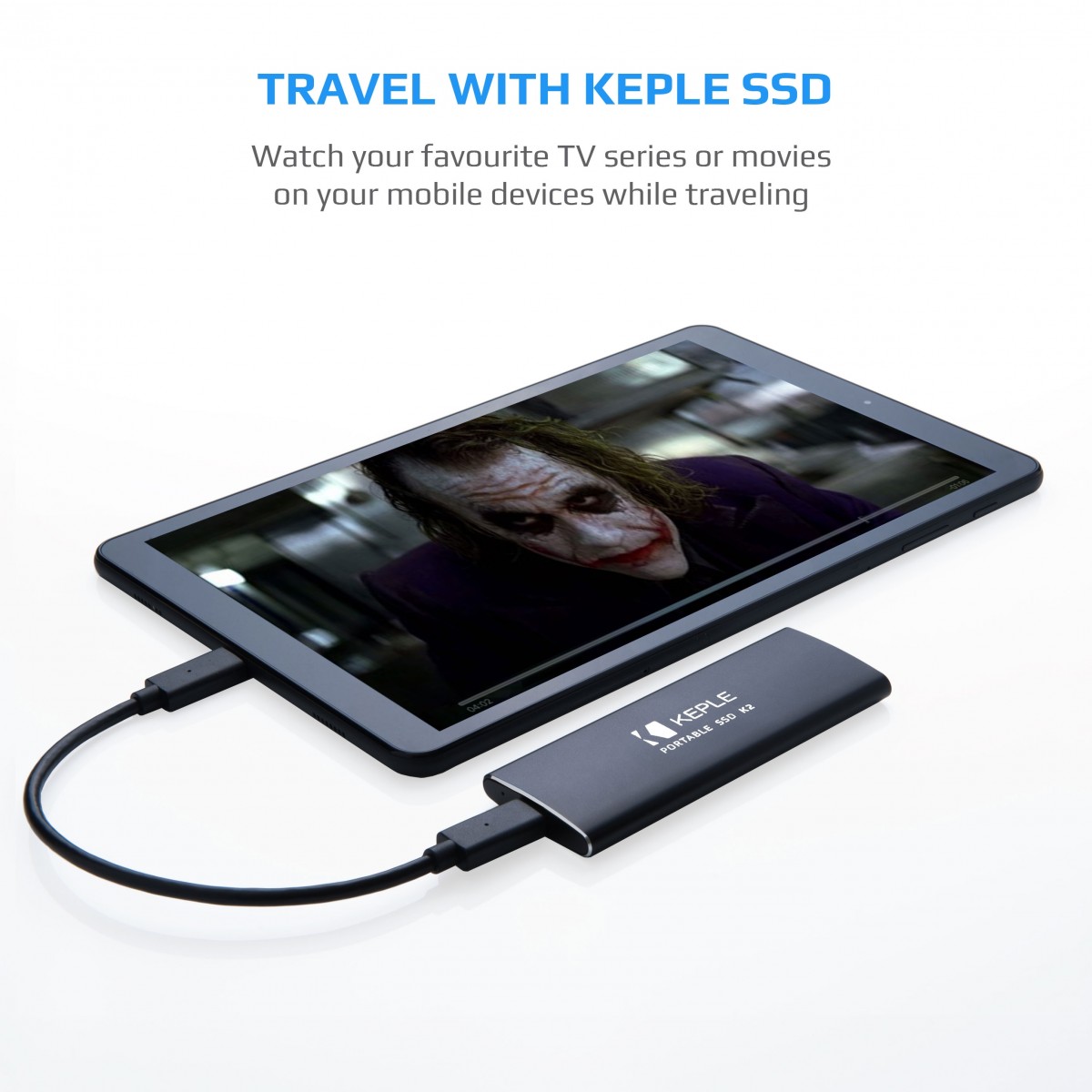External Hard Drive Ss
Using an external hard drive is an excellent way to back up important files and transfer files from one computer to another. Today, nearly all external hard drives are lightweight and small in size, making them easy to carry with you wherever you go. Despite their size, they can store a large amount of data, including documents, spreadsheets, presentations, music, and videos.
Most external hard drives connect to a computer through a USB or eSATA connection, and many also draw power needed to run from the computer's USB port. To connect and disconnect an external hard drive, select a link below for instructions.
Connect an external hard drive
- If the external hard drive requires a power cord, connect it to the back of the hard drive. The end of the power cord that connects to the hard drive is usually a small round connector. Connect the other end of the power cord to a power outlet.
If you buy a new external hard disk, there is no need to format it. It will come clean, i mean it will be pre-formatted. If you already have an external Hard drive and have any issues such as corrupted files or virus, you can format the drive. Best portable SSD of 2020: top external solid state drives. By Matt Hanson, Michelle Rae Uy 05 December 2020. This small and compact external hard drive offers very decent speeds, as well as a. Find a wide range of fast & reliable high capacity external SSD & USB drives for your PC or Mac. FREE & FAST shipping! External SSD Hard Drives & USB Hard Drives from 250 GB to 144 TB Western Digital Store. VectoTech Rapid 2TB External SSD USB-C Portable Solid State Drive USB 3.1 Gen 2 5 out of 5 stars (7) 7 product ratings - VectoTech Rapid 2TB External SSD USB-C Portable Solid State Drive USB 3.1 Gen 2. Best Buy carries external hard drives for laptops and desktops in different amounts of terabytes (TB) for a variety of uses. Whether you have a small number of personal files that you want to add to a backup disk or a large amount of data that your laptop doesn’t have room for, you’re able to choose the amount of external hard drive terabytes for your specific situation, ranging from.
NoteIf no power cord is required, skip to the next step.
- Connect the USB cable to the hard drive if not already connected and the other end to a USB port on the computer.
- Plug the other end of the USB cable into a USB port on the computer.
- After connecting the external hard drive to the computer, it should be recognized automatically by your computer's operating system. Your computer should find and install any necessary drivers.
- In Windows, File Explorer may automatically open, displaying the contents of the external hard drive. If File Explorer does not automatically open, manually open File Explorer and locate the drive.
In macOS, Finder may automatically open, displaying the contents of the external hard drive. If Finder does not automatically open, manually open Finder and locate the drive.
Disconnect an external hard drive
To properly disconnect an external hard drive from a computer, select the operating system on your computer and follow the provided instructions.
Microsoft Windows
Using the notification area
- In the Notification Area of the taskbar, click the up arrow to view the items in the systray. Then, right-click the Eject Media icon.
- A menu lists the removable media you can eject. Click the name of the external hard drive. In this example, the option to eject the external hard drive is named 'Eject My Passport Ultra.'

After clicking the eject option, wait for a message stating it is safe to remove the hardware before pulling the external hard drive out of the computer. If no message is displayed after five seconds, it is likely safe to disconnect the external hard drive.
Apple macOS
With Command key+E keyboard shortcut
- Locate the external hard drive on the desktop. Click it once to select it.
- On the keyboard, press +E to eject the external hard drive.
In Finder
- Open Finder. On the left side of the Finder window, locate the external hard drive under Devices.
- Click the Eject icon (⏏) to the right of the external hard drive.
External Hard Drive Ssd 500gb
Drag to the Trash
You can also eject your external hard drive if you drag-and-drop its icon from your macOS desktop to the Trash icon on the dock.
External Ssd Drive Amazon
NoteDragging the drive icon from the desktop to your Trash does not delete any of its files.
- Select the external drive icon on your desktop.
- Drag the icon (click it, holding down the mouse button, and move the mouse). When you start to drag, notice that the Trash icon changes to an Eject icon, as pictured below.
- Move the cursor over the Eject icon (⏏).
- Drop (release the mouse button).
External Solid State Drive
When the external drive's icon disappears from your desktop, it is ejected, and you can safely disconnect it.
Additional information
- See our external storage for further information and related links.